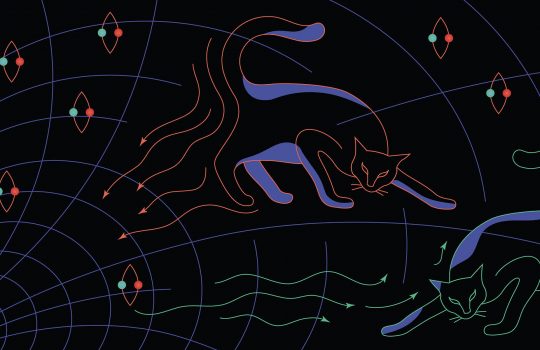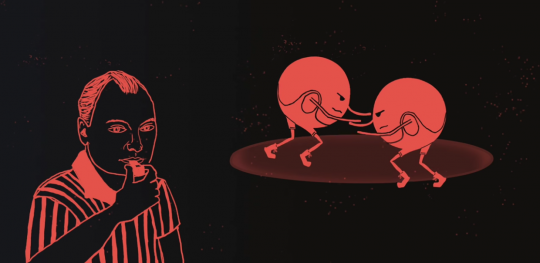Department of physics welcomes Rakshya Khatiwada (Illinois Institute of Technology)
From Illinois Tech, May 3, 2021: Rakshya Khatiwada joins Illinois Institute of Technology’s Department of Physics with a joint appointment as an assistant professor at Illinois Tech and an associate scientist at Fermilab.



